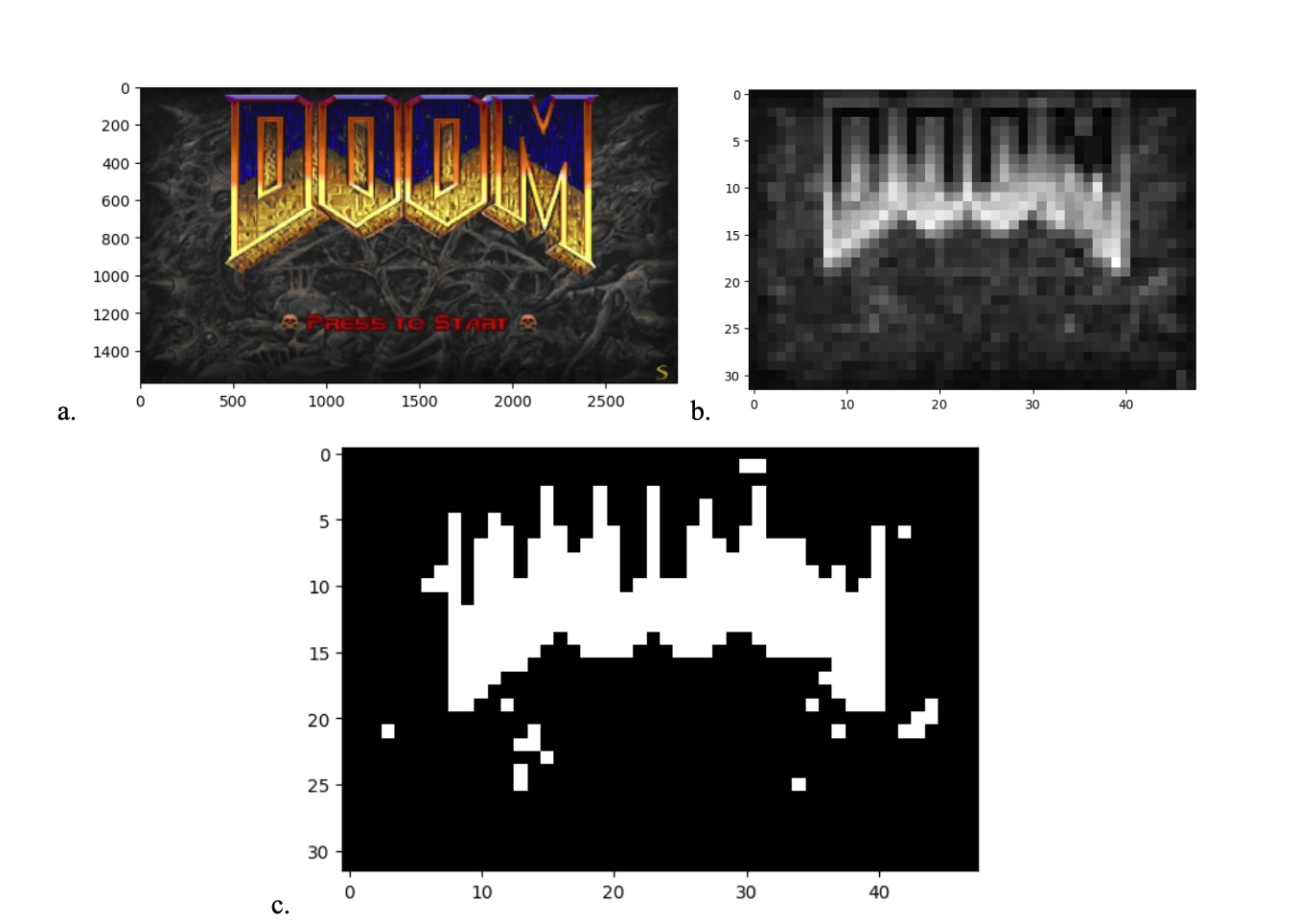It’s a programming question nearly as old as the inspiration itself: “Can it run Doom?”
Released over 30 years ago, the seminal first-person shooter (FPS) is a touchstone classic of video gaming—not only for its influence on the medium, but for inspiring some pretty wild coding schemes. In 1997, Doom’s creators at iD Software released the game’s original source code for free online, allowing legions of hobbyists the ability to tinker and experiment to their demonslaying heart’s content.
[Related: Using ‘Doom’ to design a room.]
Since then, enthusiasts have hacked an ever-expanding list of devices to play the pixelated sci-fi horror adventure. From pregnancy tests, to tractors, to ATMs, to calculators—if it’s got at least some circuitry in it, chances are that, with a little ingenuity, it can run Doom.
…And now, “circuitry” apparently extends to gut biome bacteria.
Lauren “Ren” Ramlan, an MIT biotechnology PhD student researcher, recently released a paper documenting a truly stomach-churning feat: As highlighted by RockPaperShotgun, she programmed Doom to run on a display made from E. coli cells.
“To run Doom, all one needs is a screen and willpower,” Ramlan writes. “… Ultimately, this begs the question of how biological systems might be engineered to host this classic millennial FPS.”
According to Ramlan, for the project to work, E. coli cells must function as traditional pixels capable of being either “on” or “off.” They also need to collectively light up to form images like a computer monitor or TV screen. To make that happen, Ramlan first grew cells within a 32×48 1-bit well plate, then connected the makeshift screen to a controller capable of processing and translating binary code into the “addition or omission of a repressor controlling the fluorescence of the cells.” Basically, Ramlan swapped a traditional screen’s tiny light diodes for glowing bacterial cells.

While likely a tall endeavor to the average layperson, Ramlan made it happen by combining that aforementioned willpower alongside some dizzying coding and organic chemistry skills. The result is a functioning display screen of luminescent E. coli capable of showing off Doom in real time… sort of.
Ramlan’s invention reportedly takes roughly 70 minutes to fully illuminate, then another 8 hours and 20 minutes to dim back to its original state. All told, that’s basically about 9 hours to offer players a single frame of the video game. Given that the original Doom tops out at 35 frames per second, it would take quite a while to actually play through the entire game—like, 599 years “a while,” according to Ramlan’s calculations.
“This is an amazing find, because it means we are a small handful of generations away from the peak of human engineering… where Doom and life become one,” she deadpans in her explainer video.
It may not be the most efficient way to stave off the demon hordes of Mars, but it certainly is one of the more creative ones yet.





